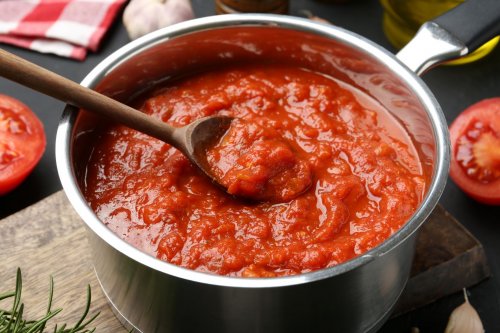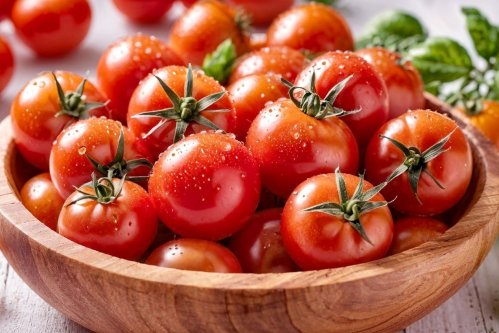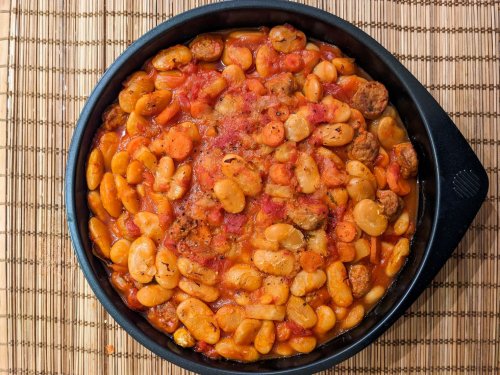Ilia, the second home of the tomato
The most fertile destination of Moria
The most fertile destination of Moria satiates the whole of Athens with its vegetables and fruits.
It's not a little! Count products: watermelons, potatoes (indeed, the purple Peruvian potato, sweeter and certainly more impressive than the classic one, was cultivated here for the first time in Greece), strawberries, pumpkins, tomatoes, corn.
Its plain, the third largest in Greece, tirelessly produces everything. In recent years even more special products such as aronia, raspberries and other similar berries have begun to be cultivated, awarded both in their original form and in preparations such as sauces and chutneys, which travel all over the world.
But the tomato, in every possible variety, found here its second home after its journey from Central and South America.

It is no coincidence that the largest amount of table and industrial tomatoes in Greece is cultivated in Ilia, while the most famous and largest processing industries, such as Kyknos and Pummaro, are also based here.
Indeed, the local tomato sauce is perhaps the spice that is not missing from the dishes of Ilia, whether it is the simplest tomato soup with pasta, or the Sunday meat in the pot, or even the cod with vegetables and red sauce which is also traditional food of the 25th of March.
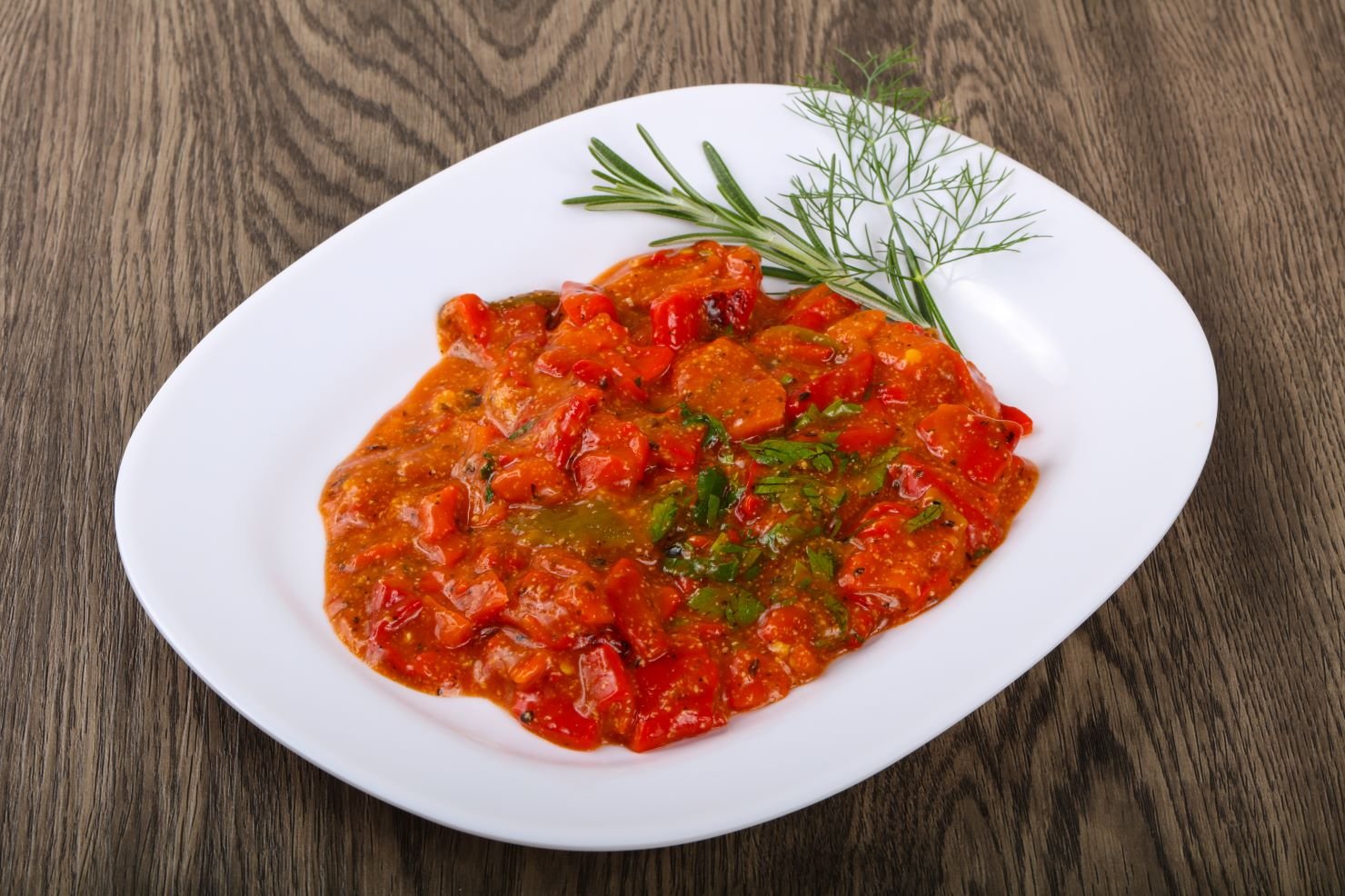
The tomato paste of Ilia definitely deserves to be certified in the near future, since it is one of the best in the world. Every housewife will tell you her own recipe for sauce and paste, which she makes in huge quantities in the summer and keeps in her cupboards for the winter.
If tomatoes are today the red gold of Ilia, in the past her gold was black and it was her raisin. Black Currant of Ilia PDO. Raisin vines spread across its plains, exports reached the other side of the world and thanks to the wealth it brought to the place, it is no wonder that some of the grandest urban mansions in Amaliada, Lechaina or Pyrgos belonged to raisin merchants.
Another "golden" product of Ilia is its olive oil, PDO Olympia. Thousands of acres produce one of the best olive oils in the country, with famously low to zero acidity and a large percentage of organic.
Base for a multitude of everyday and festive foods as well as sweets such as Lent melahrino, a fluffy dark cake-like dessert, with olive oil and petimezi.
Legumes used to thrive in Ilia, such as the delicious beans, but also the lentils, which were called yarmena - this was also the name of Foloi, in the north-east of the prefecture, because lentils were grown there in large areas.
The cultivation of legumes has almost disappeared but the recipes remain, such as tabakali, a mountain, summer food with beans and pumpkin, or the beans with kaucalithres.
Ilia is not only an endless plain
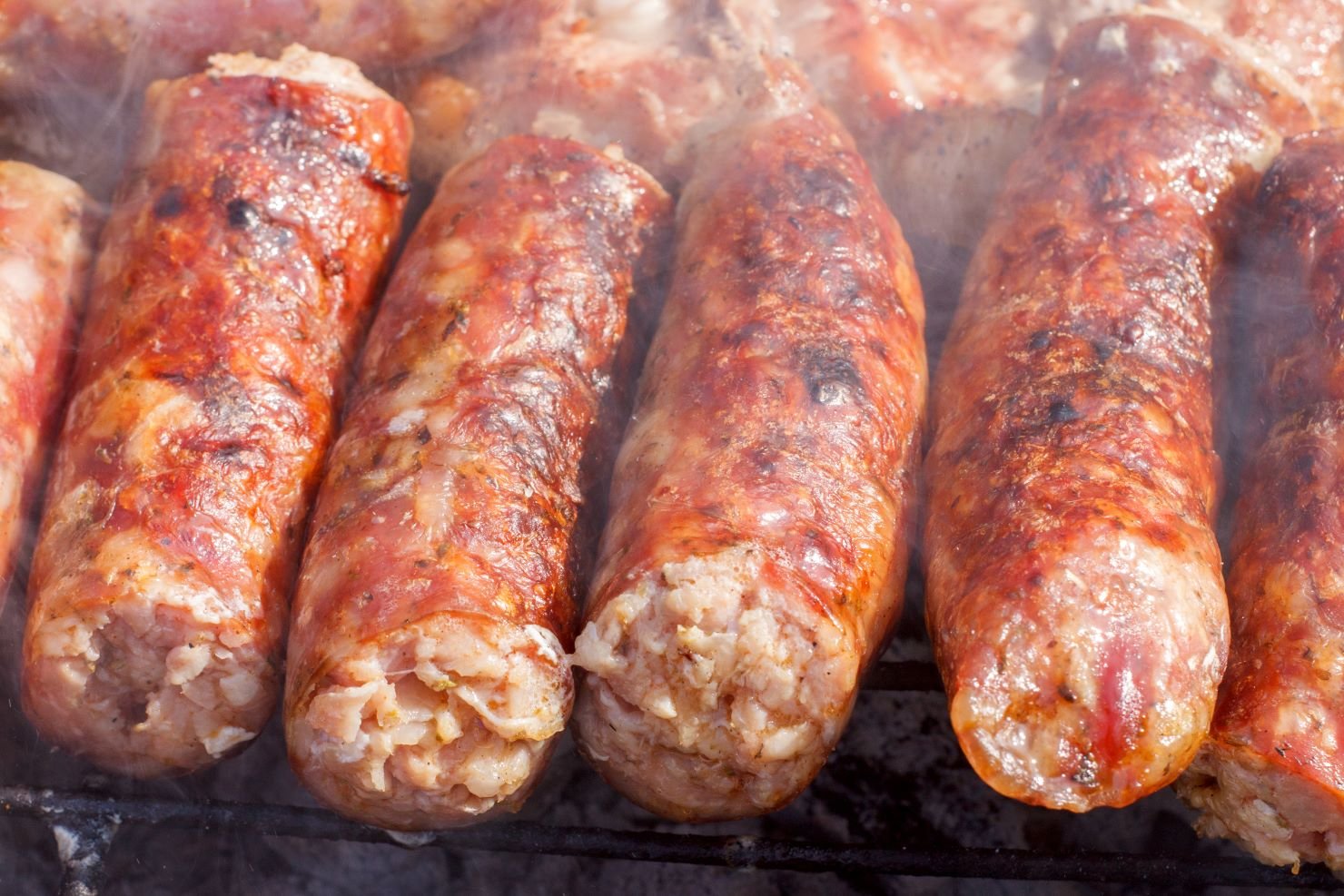
In its mountain villages, their products and recipes have their own identity and charm, based on livestock and cheese products, such as goat cheese, meat, sausages.
One of the most distinctive recipes is mountain goat with fresh oregano and korfi, i.e. the fat that stands out on the surface of the milk when butter is made. It is a rare delicious recipe that shepherds used to prepare with the raw materials they produced themselves.
Something less known about Ilia is that it produces excellent honeys. The entire destination is a wonderful apiary, a "winter" for the bees that beekeepers bring from every corner of the country to feed on the autumn heather, grow strong and survive the harsh winter when there is nothing else to harvest.

Gastronomy

